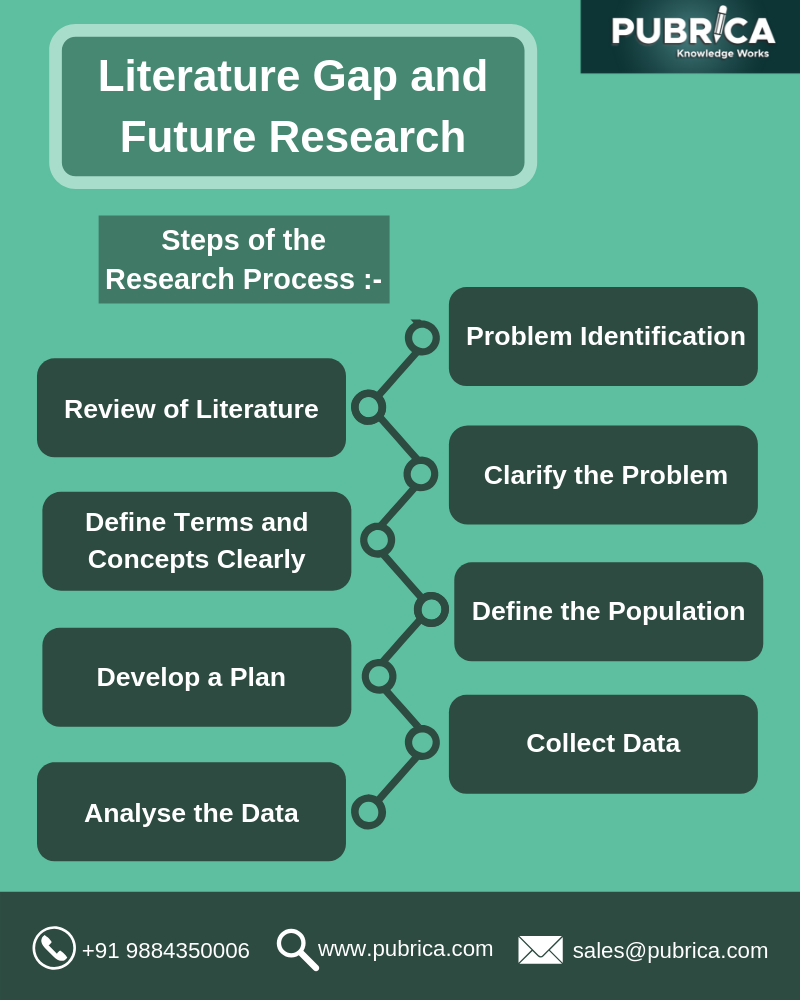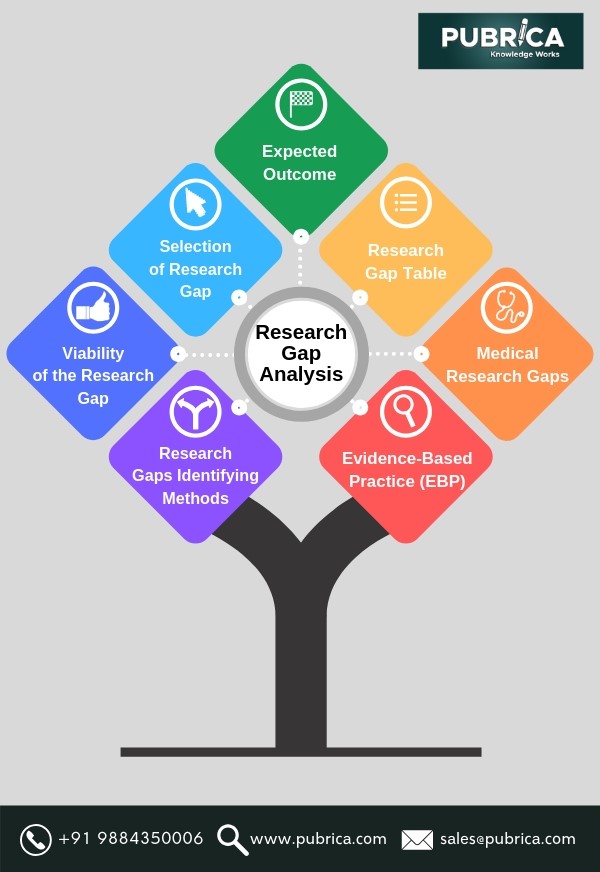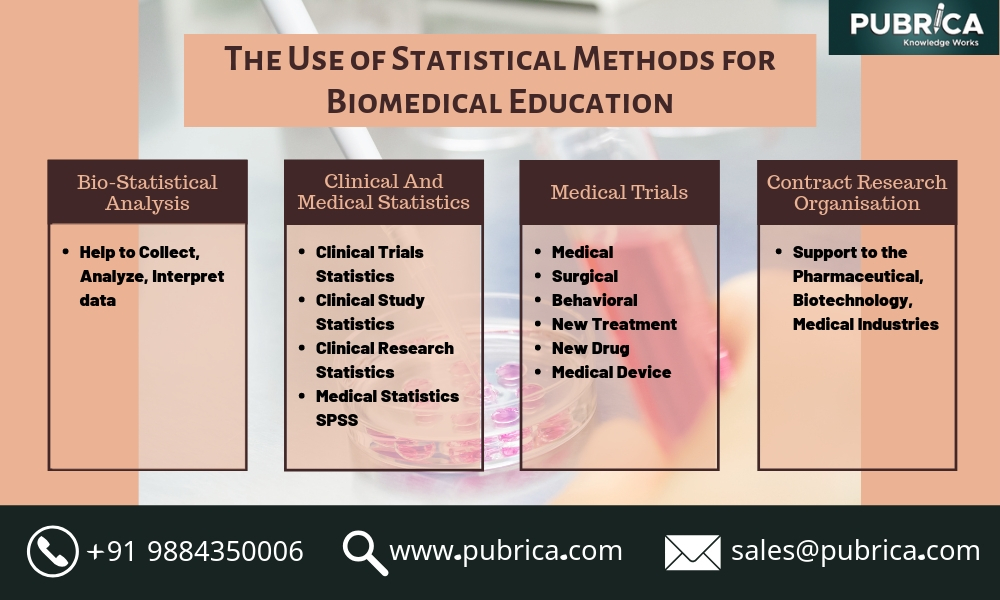
The Literature Gap and Future Research-Research Process
August 24, 2019
Framework for the identification of the research gap
August 31, 2019As a doctor, as a man of science, I can tell you there is no such thing as curses. Everything just happens as a question of probability. The statistical likelihood of a specific event. – Andrew Schneide.
Doctors of the previous generation are not much accustomed to biostatistics. This generation senior doctor students, who missed the opportunity of studying biostatics, voluntarily study them. It is because, without it, the doctors are handicapped from critical medical literature review learning. Many studies have found that more than 42 % review articles use statistical methods beyond elementary descriptive statistics. Hence the scientific renaissance of biomedical education gains prominence in the 21st century.
Doctors of the previous generation are not much accustomed to biostatistics. This generation senior doctor students, who missed the opportunity of studying biostatics, voluntarily study them. It is because, without it, the doctors are handicapped from critical medical literature review learning. Many studies have found that more than 42 % review articles use statistical methods beyond elementary descriptive statistics. Hence the scientific renaissance of biomedical education gains prominence in the 21st century.

Millennial doctor students witness teaching paradigms including biomedical education. Based on various researches confirming the importance of broad statistical content in published medical research, recommendations have increased for biomedical education. The integration of several advanced statistic modules into clinical training is also under consideration. To make instructions more relevant for preclinical students, clinically oriented textbooks in biostatics and journal articles are recommended.
Critical reading of medical literature by doctors and students require many statistical methods. Compared to well advance statistical reporting in medical literature, it is not often implemented in statistical training across the continuum of medical education. But for the effective practice, evidence-based medicine needs a comprehensive understanding of statistical concepts.
Evolution of biomedical education:
As per tradition, the pre-medical curriculum does not include statistics courses. It mainly focuses on the basic biological and physical sciences. As per the survey in 1993 of 100 medical schools, only 83 % had statistics as part of the medical student curriculum. And the most important part is none of them had statistics in their admission criteria. More than two decades later, only 57 of 100 students had a mathematics requirement for medical admission. Even out of the 57, only nine of them had specific statistics prerequisite. Harvard has made statistics mandatory for the pre-medical requirement from 2015. Following suit, many medical institutions are making statistics mandatory requirement for pre-medical admissions. Also, from 2015 onwards MCAT or Medical College Admissions Test for admission in most of the US medical schools has added statistical questions.
Types of statistics to teach in medical schools:
Now there is renewed interest in statistics in biomedical education due to the implications of statistical content of published medical research article. But the big question which arises is what types and depth of statistics should future physicians need to learn. To answer this question, an analysis of the statistical techniques used in JAMA or Journal of the American Medical Association is essential. All its techniques used for the past 20 years with a focus on implications for medical education were analyzed.
It reported the Following Findings:
- Its two-decade studies found that more complex multivariable regression methods like
- Linear
- Cox proportional hazards
- Contingency tables were present in 50 % of published papers in JAMA in 2010.
2. There was an increase in significant differences in reporting during the study period from 1990 to 2010 of:
- Multilevel modelling
- Multivariable regression
- Survival analysis
- Sensitivity analysis
3. The 60 % of the study designs are used to study the application and interpret the results of the methods using traditional epidemiologic study designs such as case-control and cohort, meta-analysis and RCTs (Randomized Controlled Trials).
4. There was a corresponding decline in the proportion of descriptive or cross-sectional studies.
Finally the conclusion was:
Moving beyond the statistical concepts to a comprehensive understanding of statistical methods is a crucial component of clinicians’ ability to critically read and use medical research. It increases the necessity of implementing biomedical education in all medical schools and graduate medical education.
The statistical methods useful for biomedical education:
The statistical methods that could help physicians and students to read medical literature and help patients effectively include:
- Bio-statistical analysis
Bio-statistical analysis being one of the foundations of evidence-based clinical practice is also the key to conduct new clinical researches by evaluating and applying prior research findings. Bio-statistical research methods help to collect, analyze, and interpret data which is essential for biomedical researches
2. Medical statistics
Medical statistics are about analyzing the data from clinical research for treating the patients. Only proper statistical methods help to provide formal accounting for sources of variability in patients’ response to treatments. It is the medical statistics which enables the clinical researchers to get reasonable and accurate inferences from collection information. Based on these references, the physicians make sound decisions in the presence of uncertainty. Medical statistics are the key to prevent errors and biases in medical research.
There are several clinical and medical statistics, including:
- Clinical trial statistics
- Clinical study statistics
- Clinical research statistics
- Medical statistics SPSS: Medical statistics SPSS is Statistical Package for the Social Sciences first launched in 1968. It is now IBM SPSS as IBM acquired it in 2009. It’s now software used for interactive or batched statistical analysis. It can edit and analyze all sorts of data from any source, including scientific research.
3. Medical trials:
Medical trials also known as clinical trials is the research study performed on people which is aimed at evaluating the following interventions:
- Medical
- Surgical
- Behavioral
Medical trials are the primary way of the researchers to find out if
- A new treatment
- A new drug
- Diet
- Medical device
is effective and has less harmful side effects than the standard treatment. As per their functions, they are called as
4. CRO (Contract Research Organization) clinical trials:
CRO clinical trials provide support to the pharmaceutical, biotechnology, and medical industries.
Medical research papers incorporate a lot of clinical research data analysis, healthcare clinical analytics for clinical data management. All of these implicate more of the importance of biomedical education for doctors and students.
Various published medical research articles and their analysis shows the need and importance of biomedical education. For further assistance to write on the implications of published medical research on biomedical education, seek professional help.
Reference:
https://onlinelibrary.wiley.com/doi/abs/10.1111/j.1365-2923.1985.tb01315.x
https://journals.plos.org/plosone/article?id=10.1371/journal.pone.0077301
Tags:
Biostatistical Programming | Clinical trials | journal Publishing services | Scientific Editing Services | Medical Writing Services | scientific research writing service | Scientific Medical communication service
Related Topics
Scientific Literature review writing
Scientific Communication in healthcare
